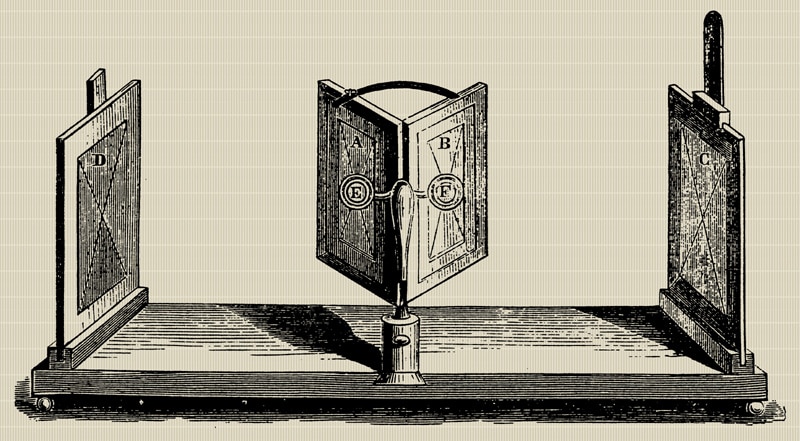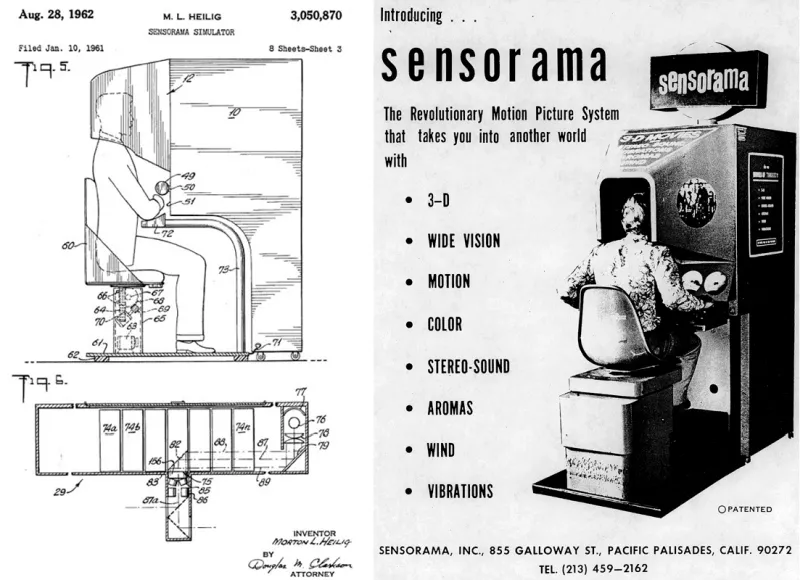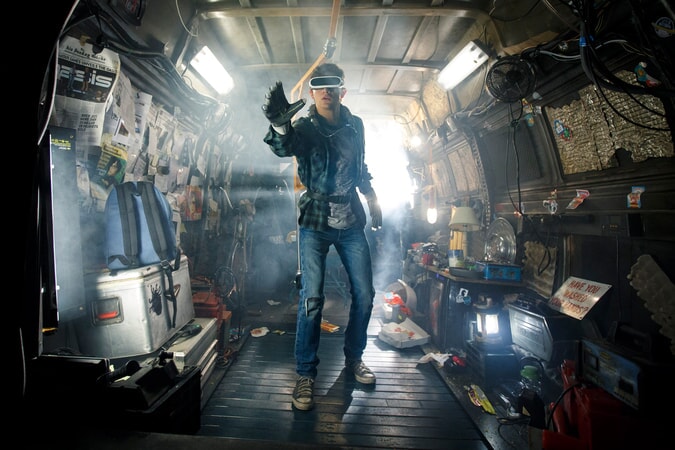Brief History of the Metaverse
This is the second article of a six-part series exploring the concept of the Metaverse.
The Metaverse is defined a virtual universe where users can interact with one another and with their environment via avatars (digital representations of ourselves) and digital technology. Derived from the Latin word “meta”, meaning “beyond” or “change”, the metaverse is a virtual world that exists beyond our natural world.
The Metaverse is inspired by science fiction stories like the Matrix and Ready Player One that depict a fictional universe existing in cyberspace where users can interact with one another and with their environment via avatars. These stories were popularized by pop culture in the 1980s and 90s, but the idea of a virtual universe has been explored for decades in science fiction and fantasy stories, even as early as the 1900s. We have come a long way since then in developing technology to create an immersive virtual world, but the concept of the metaverse is not new!
Let’s take a look at some of the key historical milestones that have led to where we are today as we develop cutting-edge Web3 technology.
1832– Invented in 1832 by Sir Charles Wheatstone, the stereoscope was the original VR headset that created an illusion by projecting two images in front of your eyes. After being invented, the technology was refined and used to create stereoscopes, which are still being used today in modern VR headsets.

1935– Science fiction author Stanley Weinbaum published the book Pygmalion’s Spectacles back in 1935. In the tale, the main character explores a fictional world using a pair of goggles that provided sight, sound, taste, smell, and touch. The goggles were similar to virtual reality goggles of today, allowing the user to experience a heightened reality. Weinbaum’s approach to virtual reality was unique at the time because in his story the goggles were not integrated into a computer or console; instead the goggles were powered by the user’s own brain! This marked the first time that virtual reality This marked the first time that virtual reality had been presented in such a comprehensive manner.
1956– Morton Heilig created the first VR machine in 1956 called the Sensorama Machine. The machine was a giant chair with 3-monitors in front of each eye with headphones attached that allowed the user to enter an immersive virtual reality world full of sound and light effects. He sold thousands of the machines but later had to stop production due to financial and technical problems with the machine and high cost of the technology.

1974– A group of MIT researchers led by Ivan Sutherland created the Aspen Movie Map in 1974. This was the first virtual reality system that enabled users to transport themselves to another location by wearing a headset. The term “virtual reality” was also coined by Ivan Sutherland around the same time.
1992- The concept of the metaverse was introduced in the dystopian sci-fi book titled Snow Crash, written by Neal Stephenson and published in 1992. It was in this book that the term ‘metaverse’ was coined. In Snow Crash, the metaverse acts as an escape from the dystopian reality the characters live in.

1994- In the early 1990s, Sega released a popular arcade game called Virtua Fighter. Virtua Fighter had players controlling fighters in a virtual arena and featured realistic graphics for the time. Sega later released a virtual reality headset called the SEGA VR-1 motion simulator and users enjoyed playing Virtua Fighter in the arcade while wearing the VR headset and interacting with their fighters’ movements without using a joystick or keyboard.
2010- 18-year-old entrepreneur Palmer Luckey and inventor created the prototype of the Oculus Rift VR headset in 2010. Its 90-degree field of vision and use of computer processing power revived interest in VR.
2011- Ernest Cline released the book Ready Player One in 2011, and it became a runaway hit. The movie was released in 2018, directed by Steven Spielberg.

2014- 2014 was a busy year for XR. Facebook acquired Oculus VR in 2014 in a $2 billion deal. The founder of Facebook – Mark Zuckerberg – said that Oculus and his company would work together to develop out the Oculus platform. In the same year, Google also started selling its Cardboard and Google Glass AR glasses to the public.
2015- As the platforms got more popular and VR became more available – in 2015, Sony and Samsung both announced they would create their own VR headsets.
2016- 2016 was the year that Microsoft introduced the HoloLens headsets to the public for the first time. The HoloLens headset allows its users to create a holographic image right in front of them and then put it in the real world and manipulate it using augmented reality. Also in 2016, millions of people around the world were running around in their neighborhood trying to catch Pokémon using the Pokémon Go augmented reality game.
2020– This year marked a milestone for Apple, as it added Lidar (Light Detection and Ranging) to iPhones and iPads. The new feature helps create better depth scanning for better photos and AR, and also paves the way for mixed-reality headsets in the future.
2021- Facebook announced its rebranding from Facebook to Meta in 2021. It reflected the company’s commitment and focus in transforming the world’s understanding of virtual reality and metaverse applications.

TODAY- 2022 and the next couple of years will see more breakthroughs in immersive technologies than ever before. For example, Apple is experimenting with headsets that could possibly replace smartphones as the interface of the metaverse of the future.
Today, the metaverse as we now understand it — a virtual world that replaces our current idea of the internet — seems closer than ever. But it still has a long way to go. Many factors remain uncertain, including the demand for such a technology.
The most likely use for the Metaverse in the immediate future will be as a medium for gaming and socializing. After all, the immersive qualities of video games and online gaming are the very qualities that have made them so popular and lucrative. However, the advent of the Metaverse raises equally compelling questions concerning the nature of human interaction and the future of virtual worlds.
Some experts theorize that humans will become unable to distinguish between reality and the virtual Metaverse and that this will interfere with our ability to function in the real world and with one another. But according to others, the Metaverse will empower people and help them achieve their wildest dreams by creating endless possibilities to experience the world and themselves.
While the metaverse isn’t a new concept, it still represents a new internet, and new ways of interacting with others, and we expect to see a major transformation in the next 10 years. The economic opportunities and jobs the metaverse is creating will alter how we will be working, socializing, playing and earning.



